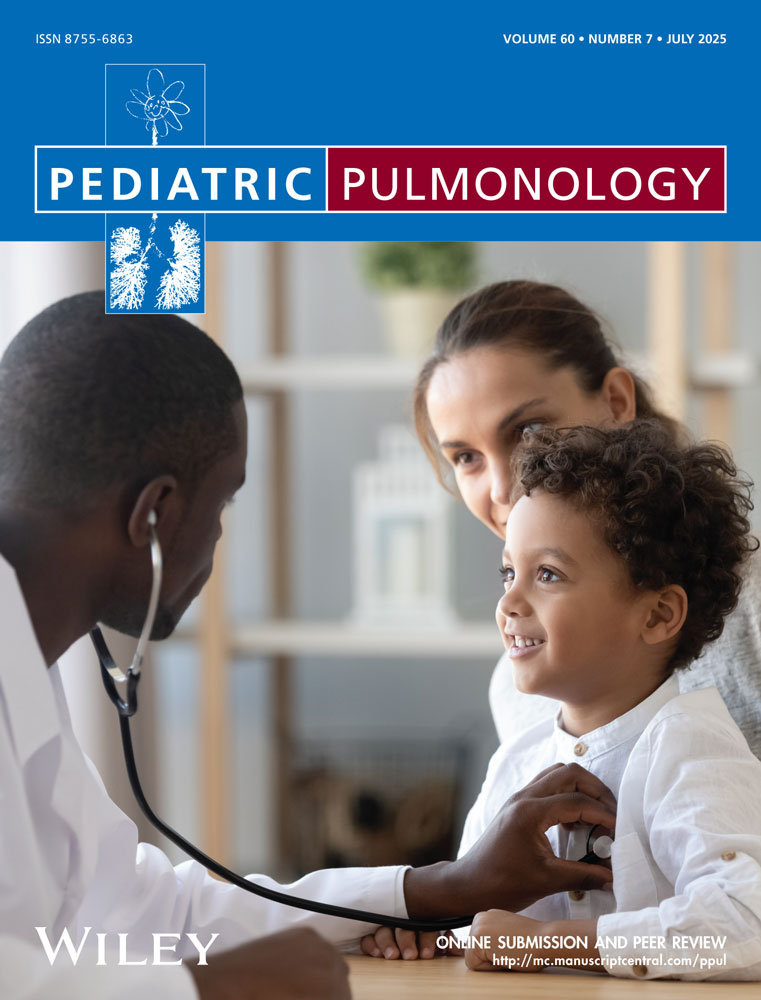Diagnosing asthma in children: What is the role for methacholine bronchoprovocation testing?†
JL, AK, DC and AB have no conflicts of interest. JL, AK and AB have complete access to the original data.
Abstract
Objective
To determine whether measurement of airways responsiveness to methacholine can help physicians diagnose asthma in children.
Methods
Children from the 1995 Manitoba birth cohort were assessed by asthma specialists, had skin testing and measurement of airways responsiveness to methacholine (PC20). We selected children with doctor-diagnosed asthma and healthy children as controls (no asthma, no allergic rhinitis, negative skin tests). Sensitivities and specificities for asthma were calculated. Receiver operating curves were calculated to determine the best fit of the methacholine challenge as a diagnostic test.
Results
640 children were assessed. Two hundred fifteen children with doctor diagnosed asthma and 197 healthy controls successfully completed a methacholine challenge. Airways hyperresponsiveness was a moderately sensitive and specific measure for the diagnosis of asthma in girls, whether atopic (sensitivity of 71% and specificity of 69% at PC20 ≤ 4.0 mg/ml) or not (sensitivity of 77% and specificity of 53% at PC20 ≤8.0 mg/ml). Airways hyperresponsiveness was also helpful for the diagnosis of asthma in atopic boys (sensitivity of 67% and specificity of 75% at PC20 ≤2.0 mg/ml), but of absolutely no help in the diagnosis of asthma in nonatopic boys.
Conclusion
Measurement of airways hyperresponsiveness to methacholine can be useful in children who are atopic and of some value in nonatopic girls. The presence or absence of airways hyperresponsiveness to methacholine is of no help for the diagnosis of asthma in nonatopic boys. Laboratory tests must be placed in context of the clinical assessment of children for asthma. Pediatr Pulmonol. 2008; 43:481–489. © 2008 Wiley-Liss, Inc.




